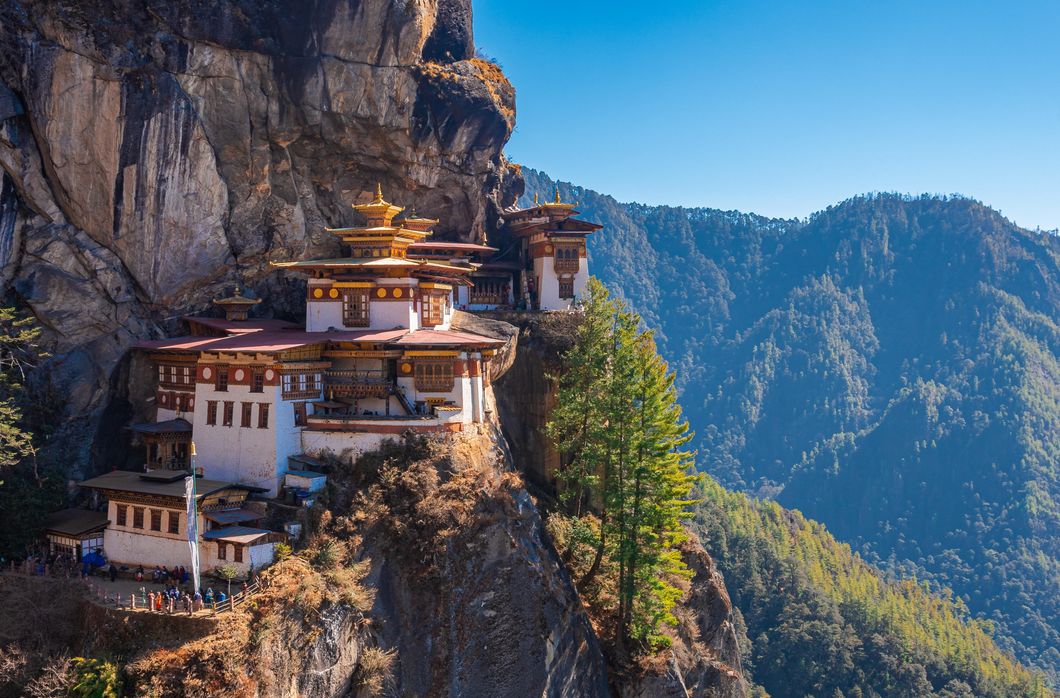When you think of your dream house, what comes to mind? Perhaps your mind immediately floods with images from your "Houses" Pinterest board, or you imagine a celebrity home that you've seen. For me, I've always thought that I wanted a house surrounded by nature and that I wanted it to be grayscale with wooden accents. I thought about the home's vibe, even the location, but I never really thought about how sustainable my home could be. I never thought that my future house could be a work of art with something to say. I never thought that my house could set a standard for other homes around it and prove that man and nature could live side by side respectfully. A partnership is more beautiful than anything humans could create when thinking solely of themselves. And season one of "The World's Most Extraordinary Homes" changed that for me.
The show's first season focuses on houses built near or in different parts of nature, specifically the mountains, the forest, the coast, and underground.
The two hosts - Caroline, an actress and home developing connoisseur, and Pires, a world-renowned architect - travel around the world looking at houses that push the boundaries of sustainability and architecture. I found it interesting that, typically, the homeowners found a beautiful plot of land, and rather than determining that was the view that they wanted for their gaudy house, they would recognize that a house changes the landscape and that the landscape was something sacred and not to be disturbed. Thus, they would tell the architects that they wanted "the land to be the main feature" or that they wanted the "house to compliment the landscape."
This attitude was not about the typical displays of domestic grandeur but about the grandeur of nature itself.
This sacred attitude that the landowners had towards the land changed the whole process of building the house. Suddenly, rather than the architects tearing apart the land so that the people could enjoy it, the architects had to be mindful of the natural ecosystem that was already present. Since the architects already had nature as their priority, they invented unique ways to incorporate sustainability into all aspects of the houses.
Now, I'm no architect, and I certainly don't have the money to create the masterpieces that were done on the show. Nonetheless, since watching that season of the show, I cannot help but look at the construction around me and the structures that are already complete. And I feel a little disappointed at the opportunities that were missed. I cannot help but think of how many trees were chopped down and how many creatures pushed out of their homes to make way for my lifestyle. And in the meantime, around the world, there are people who are building mansions while only having sacrificed four trees or less.
The show "The World's Most Extraordinary Homes" has made me long for the landscapes that I never even got to see.
The landscapes that died for the structures I live in. And it has made me protective of the undisturbed landscapes that I see now. I hope that the next land developer who comes to the beautiful, wild, and undisturbed land plots in my community won't see them as unused. I hope that they recognize the creatures that live there, and the history in the trees, and become awestruck at the homeostasis that these small areas created for themselves. I hope that they recognize that the place they're about to work in is alive and more beautiful and complex than any structure they could create. And I hope that motivates them to use the technology that's out there in a unique way to ensure that sacred plot of land remains sacred. The structures incorporated into the land should encourage humans that come to live there to appreciate it and partner with it and see it for what it is - natural beauty.
In a world consumed by constructed and interrupted beauty, "The World's Most Extraordinary Homes" shows what it looks like to partner with and embrace the natural. It regresses the notion of beauty to what it once was, and reminds us that progress sometimes means looking around, breathing in the beauty, and saying, "This is enough."















